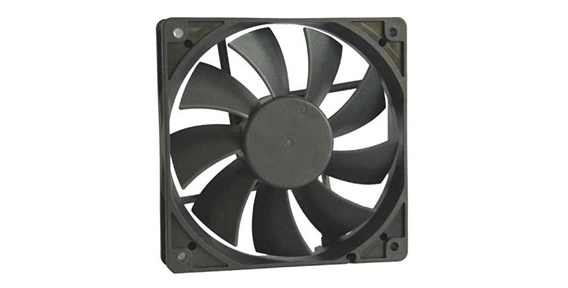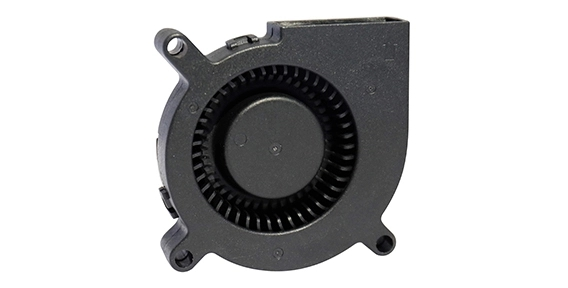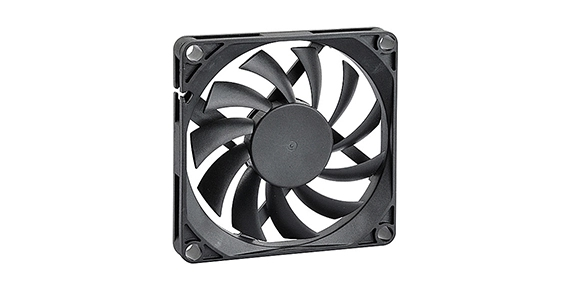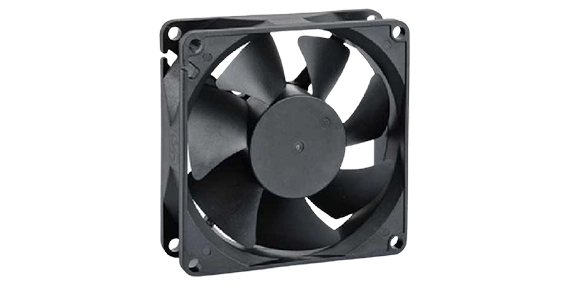When it comes to keeping your computer cool, having a reliable and efficient cooling system is crucial. One essential component of this system is the PC fan. Among the various sizes available in the market, the 120mm cooling fan has gained significant popularity. In this article, we will explore the different types of 120mm PC fans, discuss the significance of their dimensions, highlight their versatility in application, and delve into the technological advancements that have contributed to their evolution.
Different Types of 120mm Cooling Fan
The 120mm cooling fan comes in various types to cater to different needs and preferences. One type is the standard case fan, which is commonly used to provide general airflow and cooling inside a computer case. These fans are designed to fit into the standard 120mm mounting slots found in most computer cases.
Another type is the high-performance fan, which is optimized for maximum airflow and cooling efficiency. These fans often have a higher RPM (rotations per minute) and higher CFM (cubic feet per minute) rating, allowing for enhanced cooling capabilities. They are commonly used in gaming rigs and overclocked systems that generate a considerable amount of heat.
The Significance of 120mm Cooling Fan Dimensions
The dimensions of a 120mm cooling fan play a crucial role in determining its effectiveness. The larger size allows for larger blades, resulting in higher airflow capacity and better cooling performance. The 120mm size strikes a perfect balance between compactness and efficiency, making it an ideal choice for most computer systems.
Additionally, the 120mm fan size is compatible with numerous mounting options. It can easily fit into standard 120mm mounting slots in computer cases, CPU coolers, and liquid cooling radiators, making it versatile and widely compatible with various cooling setups.
Versatility in Application: Where 120mm Cooling Fans Shine
The 120mm cooling fan's versatility is one of its standout features. It can be used in a wide range of applications, from PC cases to CPU coolers, graphics card coolers, and power supply units. Its compatibility with various mounting options allows for seamless integration into different cooling setups.

Furthermore, the DC cooling fan's balanced airflow and efficient cooling performance make it suitable for both general and high-performance applications. Whether you are a casual computer user or a hardcore gamer, the 120mm fan can effectively dissipate heat and maintain optimal operating temperatures for your components.

Technological Advancements: Evolving Features in 120mm Cooling Fans
As technology continues to advance, so do cooling fans. The 120mm cooling fan has seen significant improvements over the years, with various features and innovations being implemented to enhance its performance and usability.
Some of these advancements include PWM (Pulse Width Modulation) control, which allows for precise fan speed control based on temperature fluctuations. This feature helps strike a balance between cooling performance and noise levels, ensuring optimal cooling efficiency without excessive noise.
Additionally, some 120mm cooling fans now come equipped with RGB lighting, allowing users to customize the aesthetics of their computer systems. These fans add a visually appealing element to any build while maintaining excellent cooling capabilities.
In conclusion, the 120mm cooling fan is a crucial component in any computer system's cooling setup. Its various types cater to different needs, while its dimensions strike a perfect balance between size and efficiency. The versatility in application allows it to be seamlessly integrated into various cooling setups. With continuous technological advancements, the 120mm cooling fan continues to evolve and provide optimal cooling performance for computer enthusiasts worldwide.

 EN
EN 

 +
+
 +
+
 +
+



